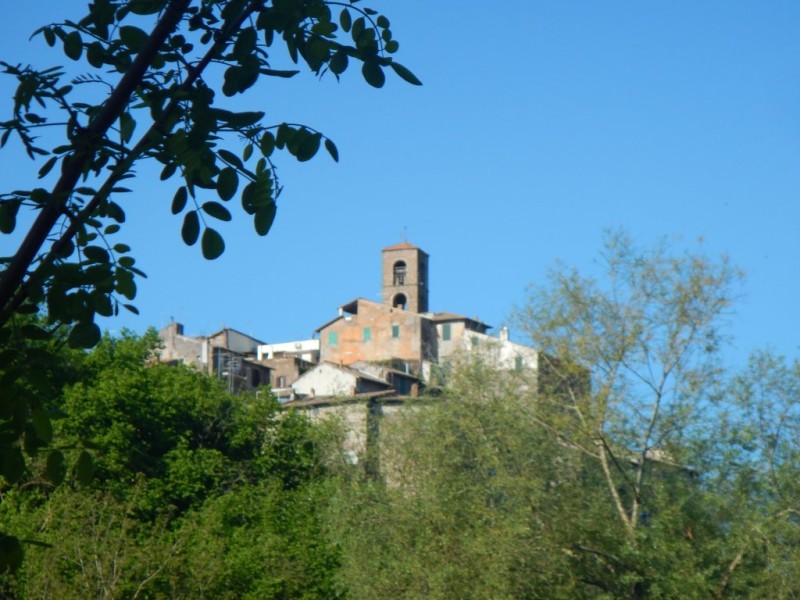
For the days of the Chestnut Festival of Vallerano (11 October -2 November 2014) we chose to recommend a simple but beautiful walking trail that starts from Vallerano passes through the Cave of the Savior (Grotta del Salvatore) and leads through nearby Canepina. A path that you can safely take in a few hours there and back, and through campaigns and archaeologically important places gives the walker of all ages a broad overview of the area and the surrounding landscape.
You can safely go to Valerano in the morning, make the trip and then, in the afternoon, be back in the country, allowing them to enjoy roasted chestnuts and all the attractions of the festival most beautiful and characteristic of the Monti Cimini.
THE ROUTE
From Piazza della Repubblica di Vallerano pass next to the Teatro Orioli and under an arch on the right that takes us outside of the country. 
But we have to stop for a moment because the house is located near the Arco Felice Ercoli who worked monumental organ of the Church of the Stream (Chiesa del Ruscello) where Handel June 18, 1707, while he was a guest of the Ruspoli in Vignanello, performed the “Salve Regina” in the presence Ruspoli of themselves and of the Farnese family, lords of Vallerano rulers at that time.
After the hairpin right onto the road crosses a stream via a bridge, it must be among the hazel and passes under the railway bridge. From here begins a climb and after two hundred meters there is a deviation to the left indicating Canepina. Yet we go straight in order to visit some hidden beauties of the area, archaeological and natural, at no cost to stretch a bit ‘. Immediately after this there is another deviation that we do not take the right. Our road goes down again and passes back under the railway. From this bridge after 50 meters there is a deviation to the left among the hazel which leads us to the Grotto of the Savior (Grotta del Salvatore).
You need to go up a tool shed into the ditch and through a beautiful bridge built by the Archaeological Group Orioli climb for a few meters and arrive at the cave with magnificent frescoes.
After visiting the cave, we return to the concrete road and go left uphill. At the top is a crossroads: we go to the left and continue to the main road to a fork in V. On the right, we take a detour because there are walls Saracen, lava stone. We continue so still uphill and the road turns white. On the right the form of Soriano nel Cimino, with the Orsini castle on the left and the Tiber valley and the Soracte.
 This again becomes paved road and is thrown back into a ditch. On the left, before the bridge, when we hear the sound of the stream, there is a sheep track that will lead to small waterfalls thanks to a further deviation and off the track. This wonderful place, which is used by local residents in the past to refresh from the summer heat, is called Niagara Bottagone at the Rio of Straws.
This again becomes paved road and is thrown back into a ditch. On the left, before the bridge, when we hear the sound of the stream, there is a sheep track that will lead to small waterfalls thanks to a further deviation and off the track. This wonderful place, which is used by local residents in the past to refresh from the summer heat, is called Niagara Bottagone at the Rio of Straws.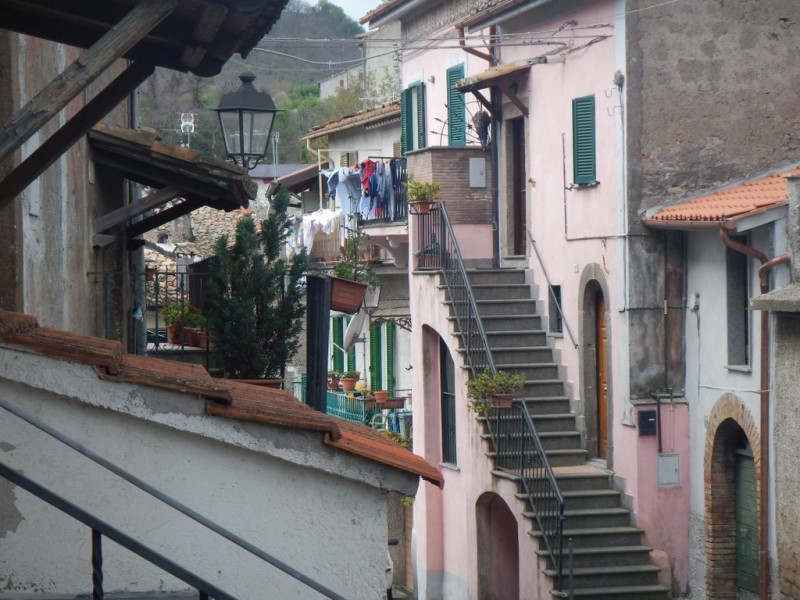 After returning to the trail and the bridge on the left there is a fork in the road and go uphill to the right. Arrived with this road running alongside the road parallel machines continue to follow the farm “Il passo della Beccaccia” and then going to the left under the bridge. Straight ahead and we will be at the cemetery of Canepina. Here turn left and we are in the center.
After returning to the trail and the bridge on the left there is a fork in the road and go uphill to the right. Arrived with this road running alongside the road parallel machines continue to follow the farm “Il passo della Beccaccia” and then going to the left under the bridge. Straight ahead and we will be at the cemetery of Canepina. Here turn left and we are in the center.
For more info on the course (photo, gpx and more) visit http://www.ammappalitalia.it/vallerano-canepina/
For more information on Chestnut Festival visit
https://www.romecentral.com/sagra-della-castagna-e-festa-del-marrone-a-vallerano-11-ott-a-2-nov-2014/?lang=en
Marco Saverio Loperfido nasce nel 1976 a Roma, dove si laurea in filosofia presso l’Università La Sapienza.
Nell’ambito del più ampio progetto “Ammappa l’Italia” , di cui è cfondatore, Marco, nella primavera del 2014 intraprenderà un cammino per gli antichi borghi collinari della Tuscia, passando attraverso tutti i 60 comuni della provincia di Viterbo, in meno di 80 giorni (marzo-aprile).
Il giro della tuscia in 80 giorni al fine di promuovere il territorio e il progetto di archiviazione web dei percorsi a piedi italiani. Liniziativa ha il Patrocinio della Regione Lazio.
Questa idea nasce dalla scommessa che tutto il territorio italiano sia attraversabile a piedi, senza macchina, senza nemmeno prendere un treno o un bus, semplicemente percorrendo strade sterrate, tratturi, mulattiere, sentieri veri e propri, fino a qualche decennio fa ancora frequentati e usati dai contadini e dai viaggiatori di tutte le nazioni.



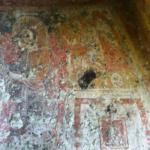

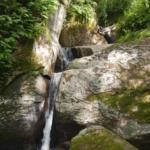

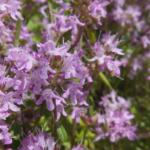
Marco Saverio Loperfido liked this on Facebook.